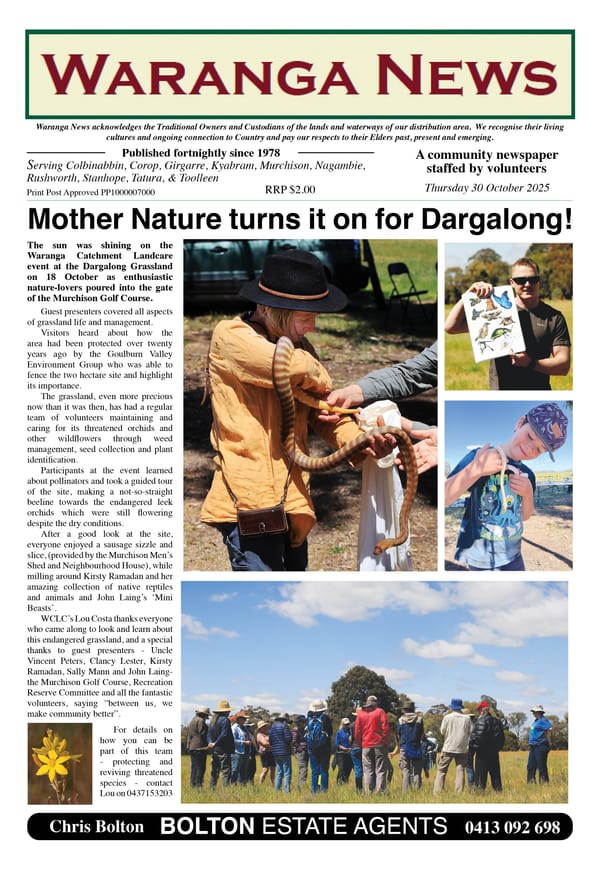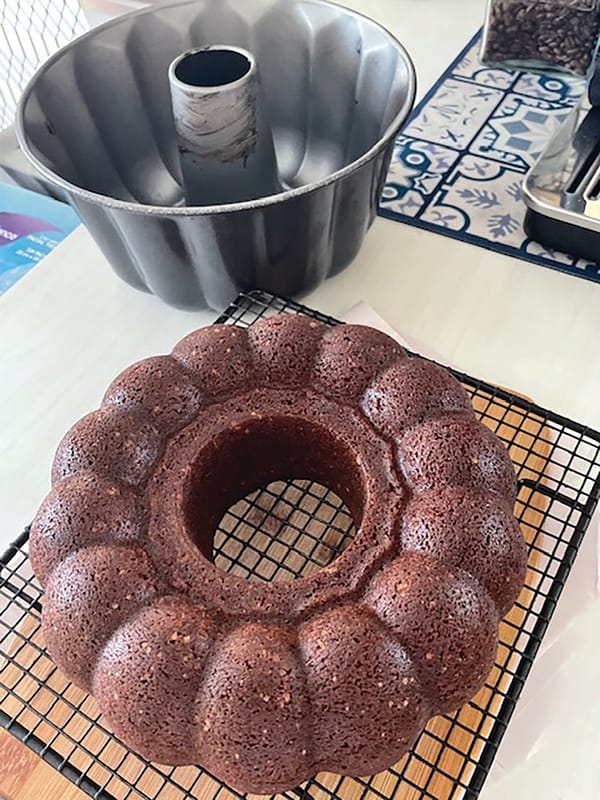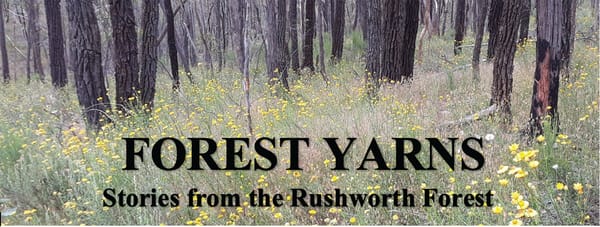Hard times

With poor spring rains, not much rain over summer and then the autumn rains failing it has been an increasingly tough time for the plants and animals of our forest. Much of this has gone unnoticed; only noticed when it becomes blatantly obvious.
Most days I go for a walk in the bush. I have done this for about thirty years and walk the same tracks. I do not get bored; there is always something new to see. Over the last few months, I have been seeing signs that the drought conditions are causing a great deal of stress on the forest. Here are some observations.
The forest canopy is very sparse. It is almost transparent. Eucalyptus trees shed leaves over summer to conserve moisture. Over last summer and autumn, they have shed more leaves than normal and the leaf-litter on the forest floor is deeper.
While most trees are surviving, shrubs are doing it harder. In some places approximately 10% of shrubs have died. The gorse bitter pea (egg and bacon) seems to be particularly affected. The dead shrubs foliage turns an orange colour which is easily seen.
The cherry ballart trees (wild cherries) are turning brown. They appear to be dying. This is strange because they are parasitic (they latch a root onto a neighbouring eucalypt’s root). Perhaps with the eucalypts in ‘survival mode’ there is little moisture or nutrients in their root systems for the cherry ballarts to steal.
The autumn greenhoods have not flowered. They did not even send up leaves. Hopefully their tubers are ok and we will see them again next autumn. Clumps of mosquito orchids are being decimated by the white-winged choughs. Choughs turn over leaf-litter searching for food, helping it to break down. In times of drought they resort to eating the tubers of the mosquito orchids. The choughs themselves seem to be surviving and are still in their larger extended family groups rather than breaking up into small groups to make better use of limited food sources.
The kangaroos are also struggling. I have noticed that the young males have been ejected from their mobs have formed small ‘boy mobs’. Many of these young males appear to be younger than normal and look quite poorly. Kangaroos are leaving the forest in search of feed. Most approaches to Rushworth are littered with the rotting corpses of kangaroos that have been hit by vehicles. The ‘village green’ is covered with kangaroo poo. There is often a little on the grassy green but at present it is so bad it could be raked up.
Kangaroos are a boom-and-bust species. When times are tough, they die off and then breed up quickly once things improve.
Pied currawongs are a favourite bird of mine. They have recently arrived back after spending the summer in the mountains. Sadly, I saw two separate currawongs who were in very bad shape. It was when they should have first arrived. Perhaps the lack of food during their migration (and little to eat once they arrived) was just too much for them.
The recent rain may be a reprieve for the forest and its creatures, and hopefully there will be follow up rains to keep things ticking over. Regardless, it is now winter and for most it is a case of surviving until the spring.
The present climatic conditions are just as climate modelling is predicting with climate change and may be a sign of things to come.




